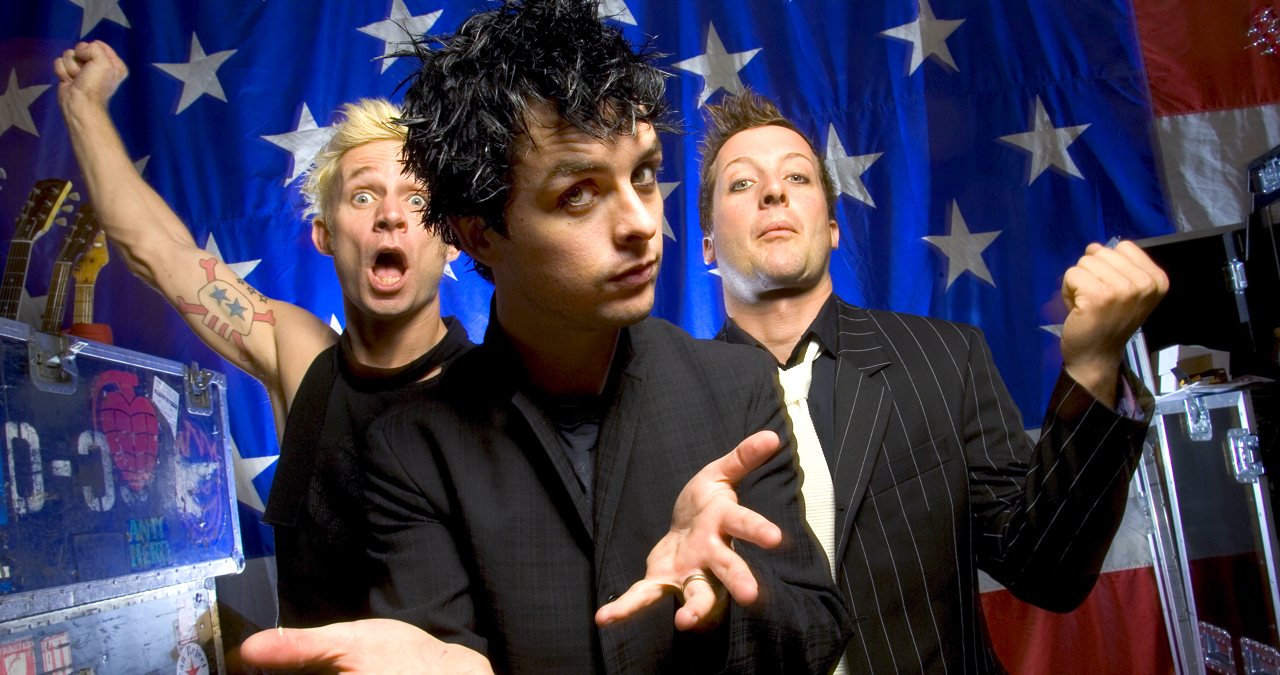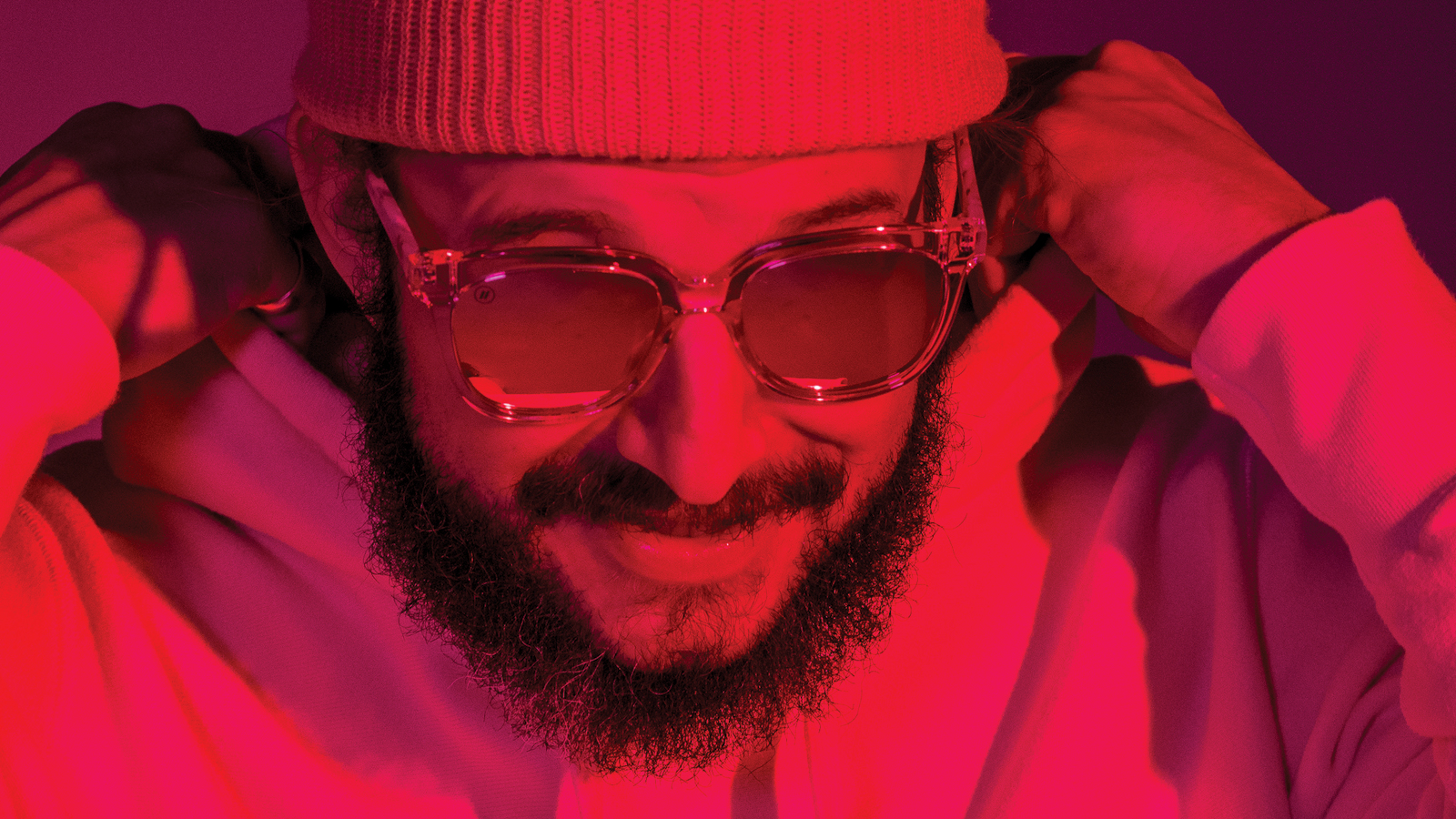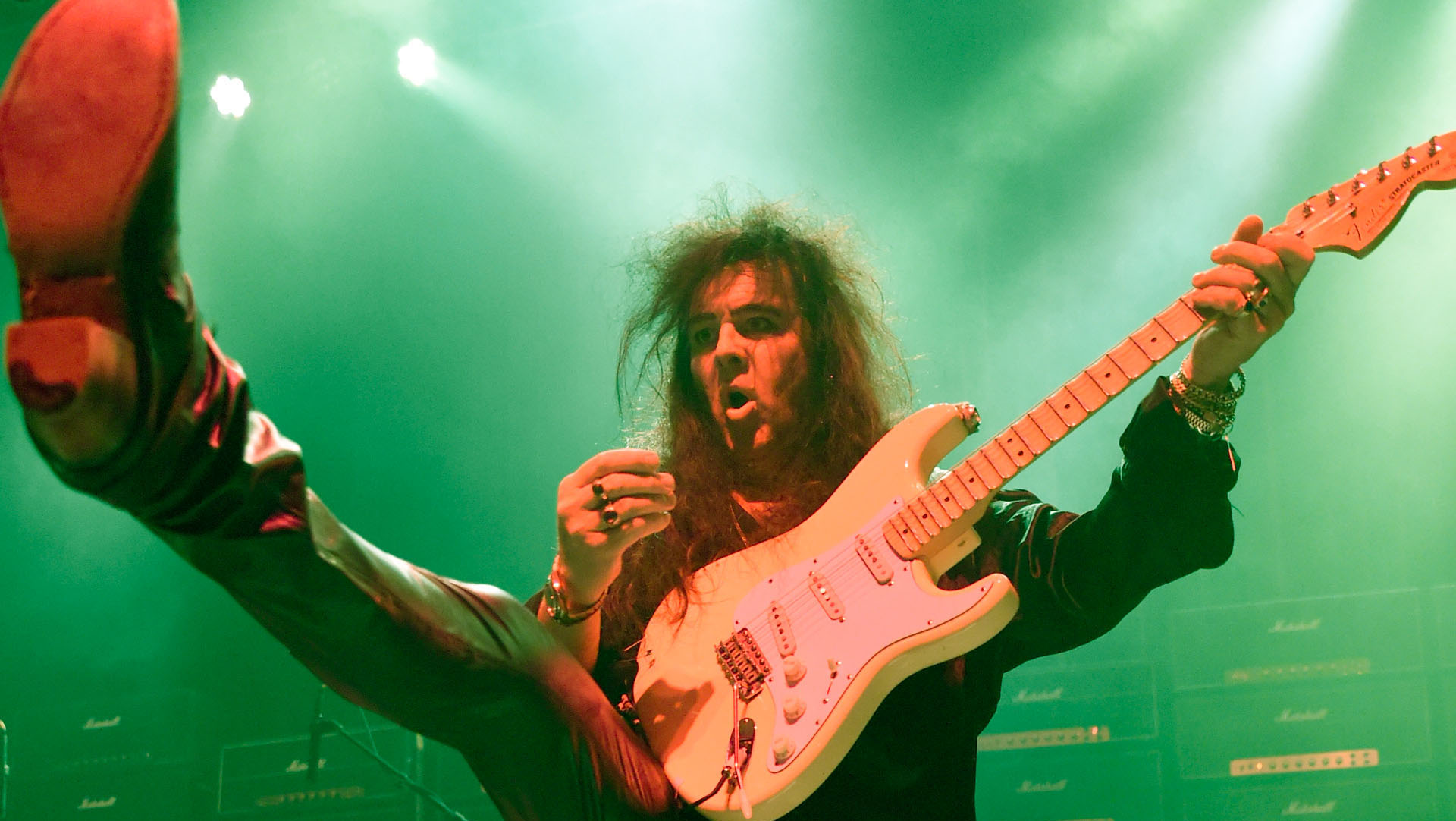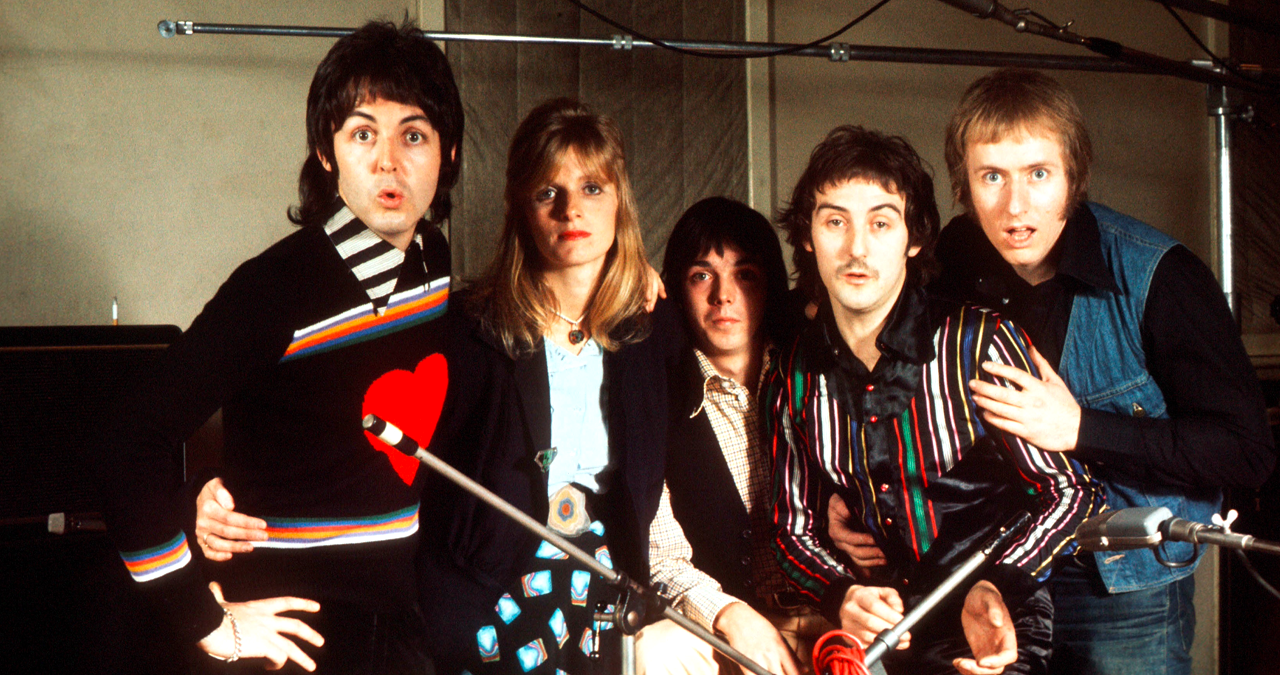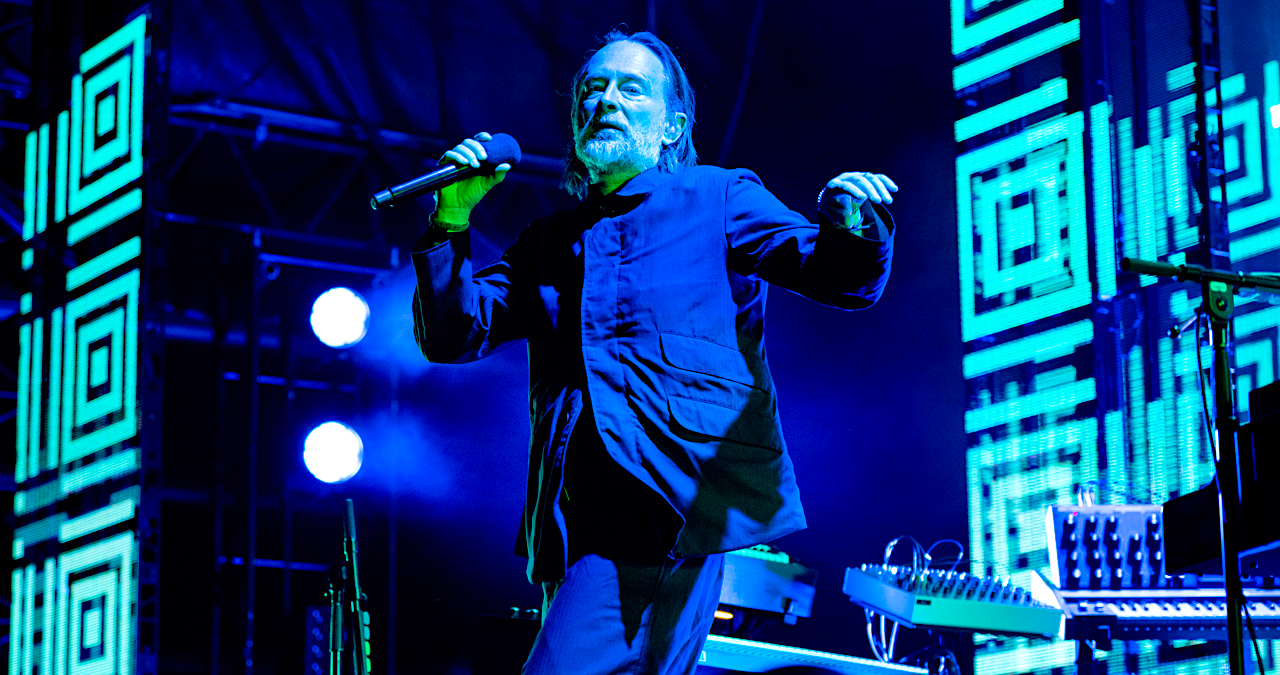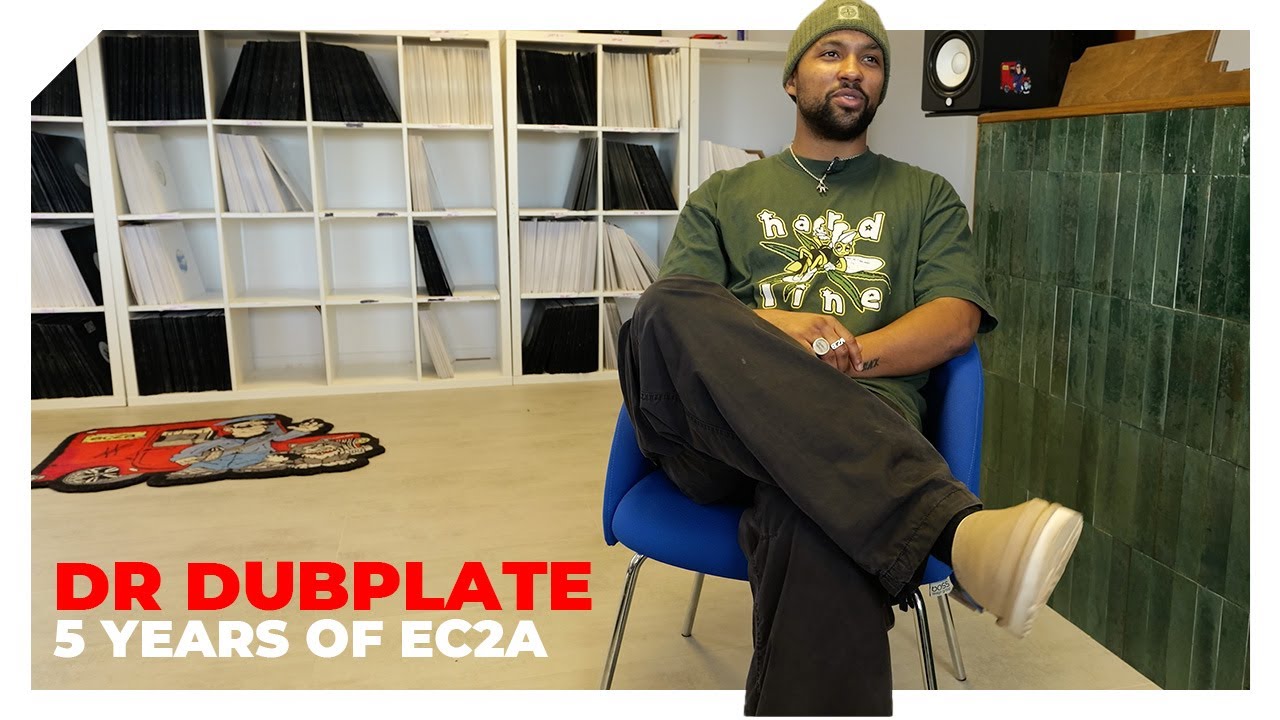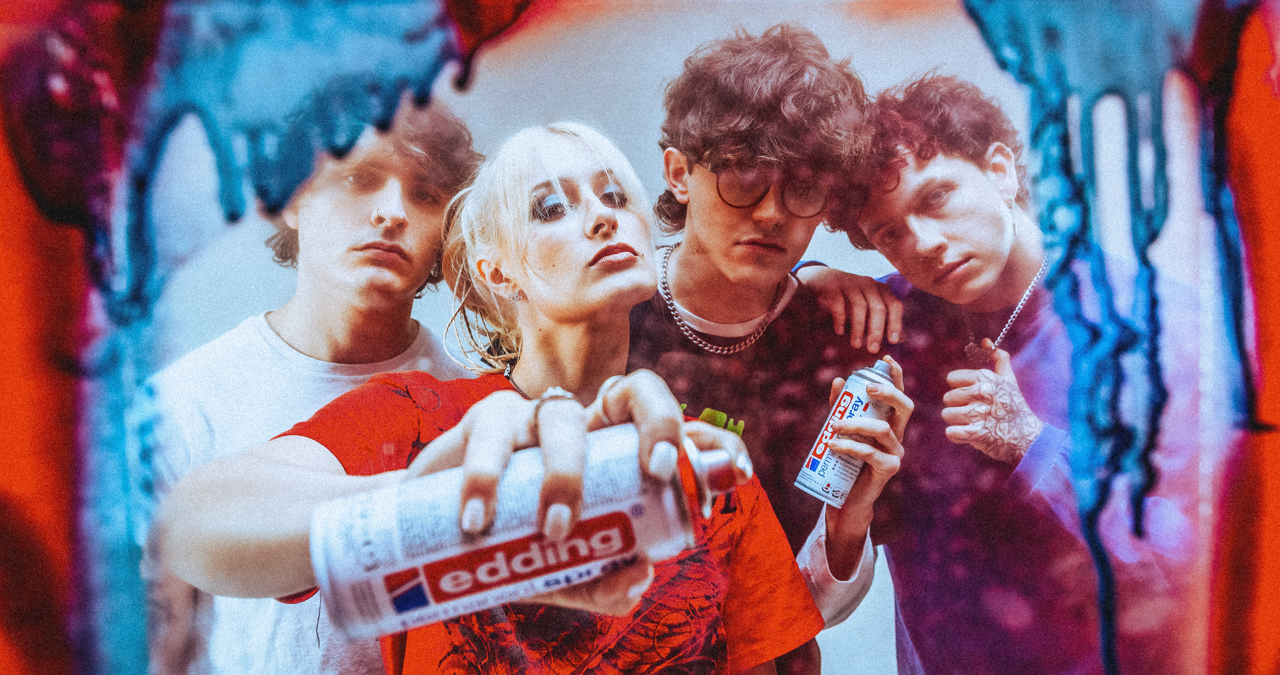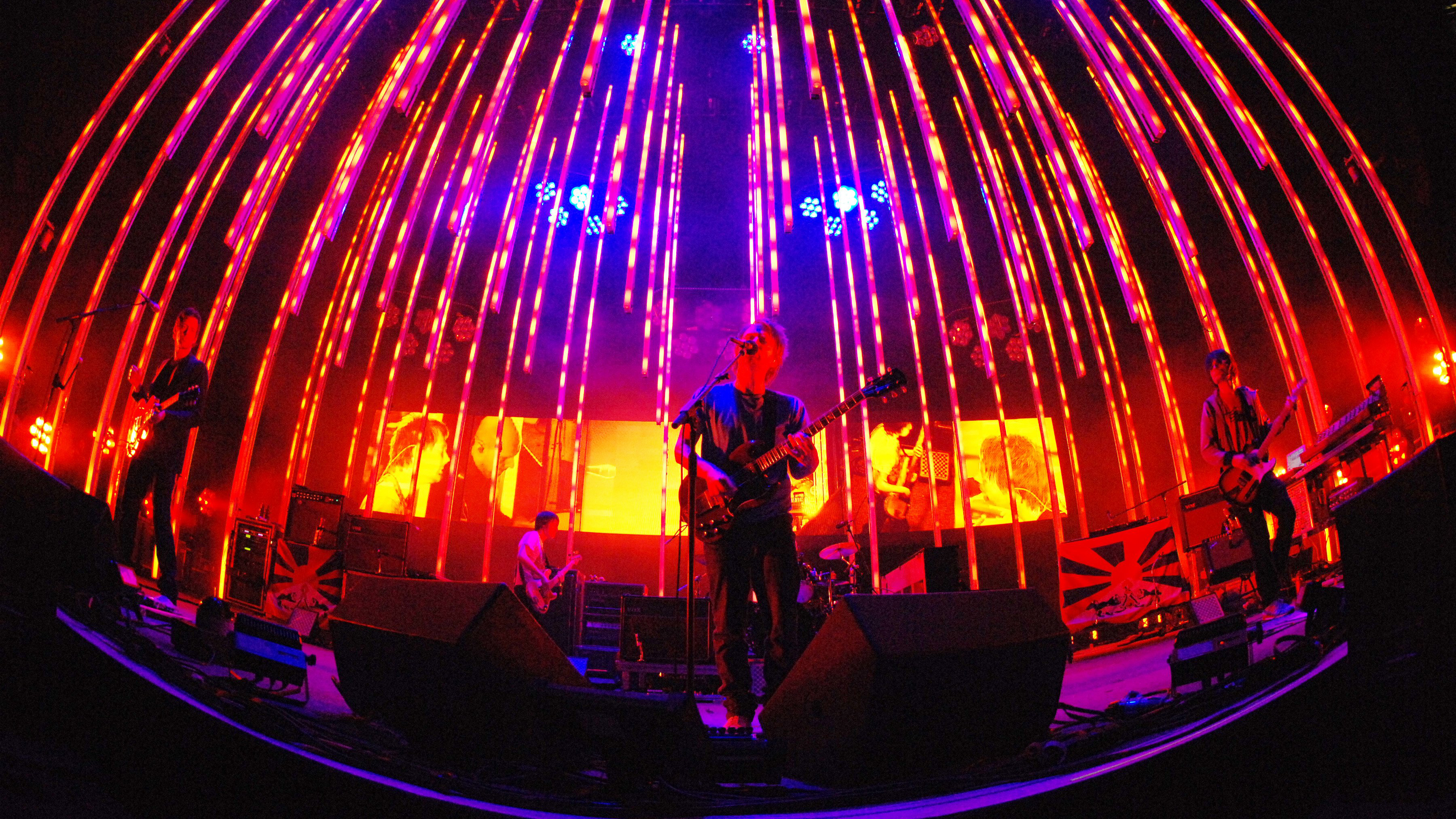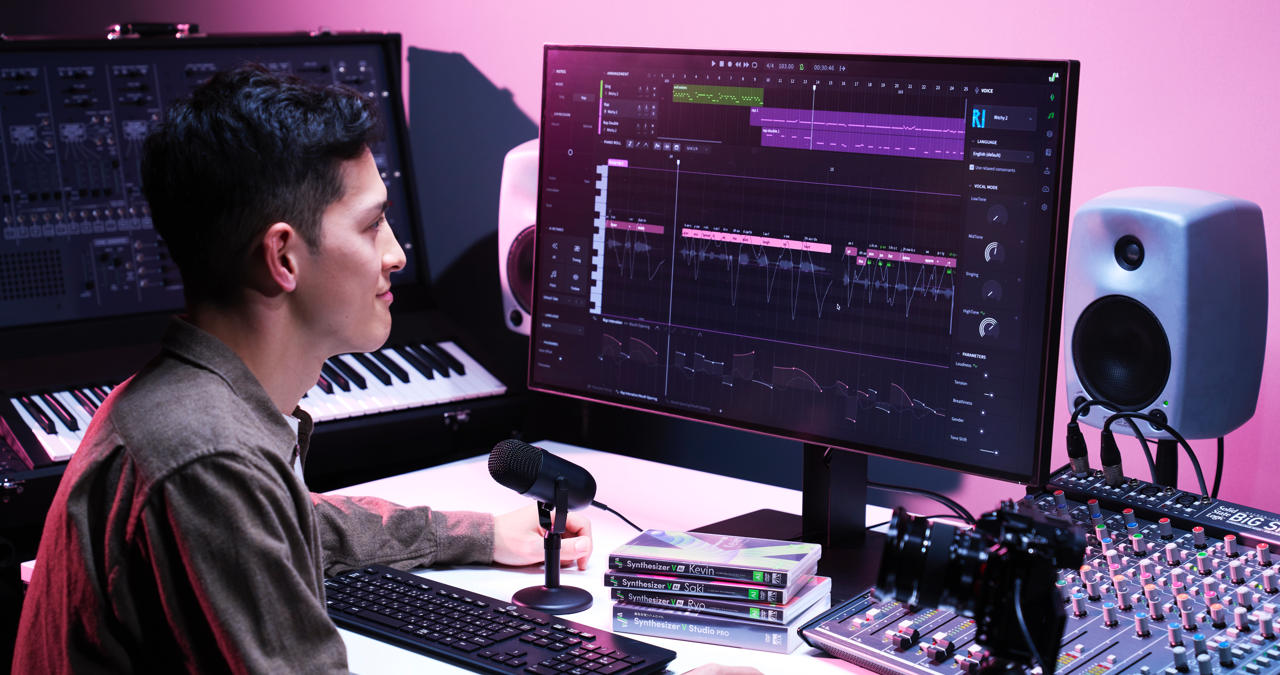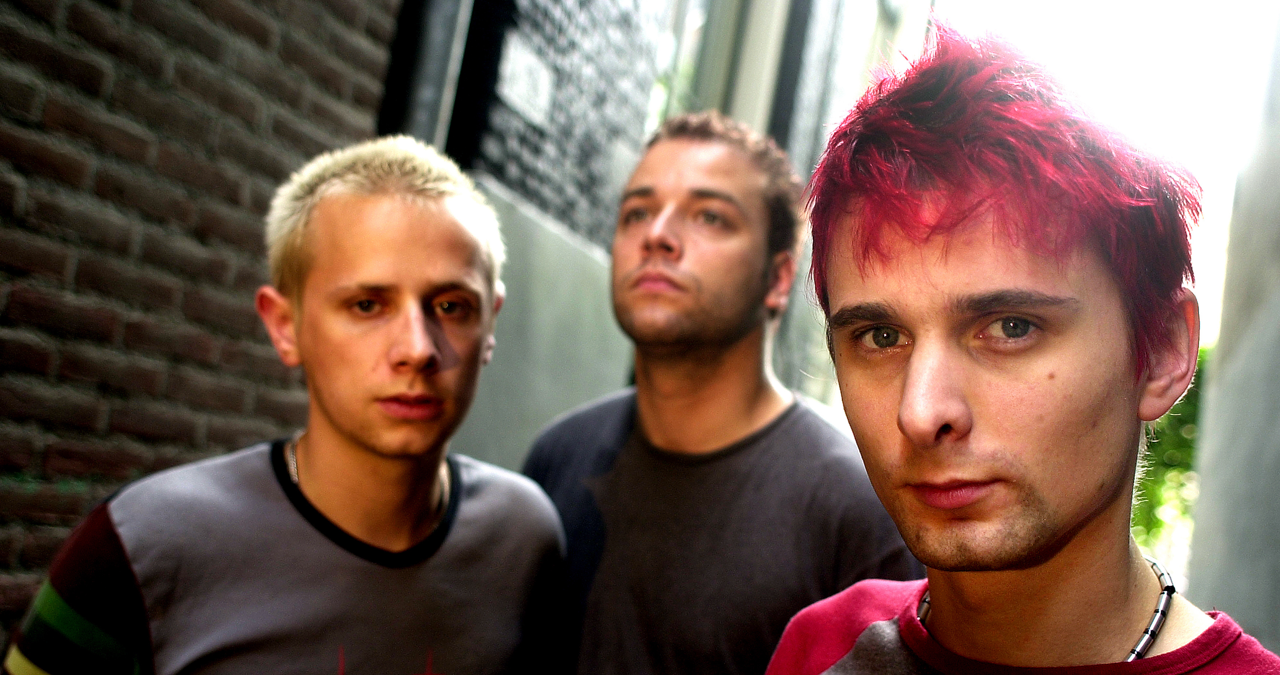“The first time I heard a Buchla synthesizer, something clicked. It felt like a fantasy”: Maria Teriaeva on the Buchla 200e, olfactory album art and vocoded breakup songs
Danny Turner chats to Maria Teriaeva about the formidable modular synth that's the core sound behind her latest LP, Sayan - Savoie
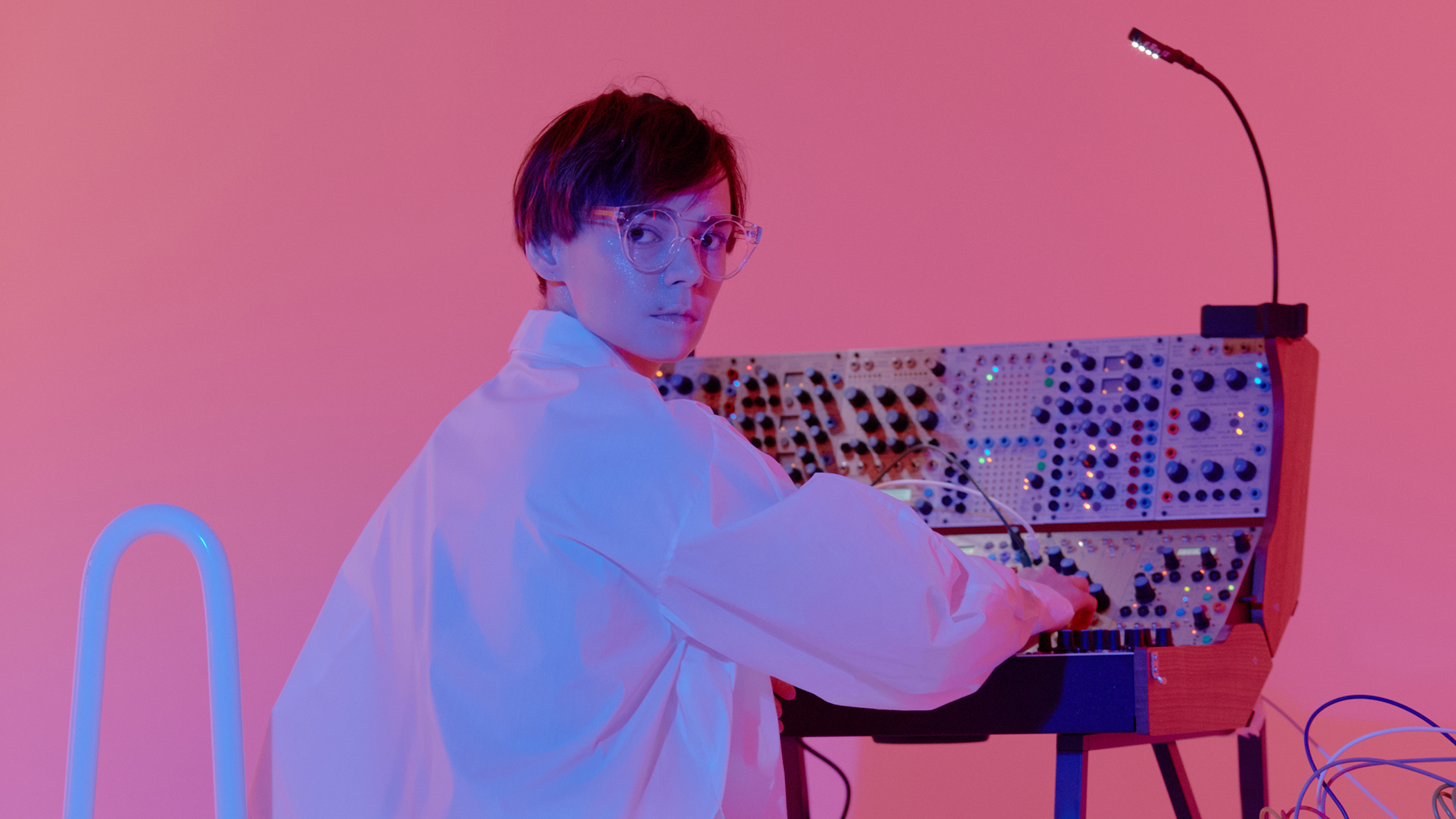
Prior to her interest in modular synthesis, composer and producer Maria Teriaeva played guitar in several Russian indie bands, composing a number of instrumental EPs under the alias Dub I Prosto Derevo (Oak and Just a Tree).
Aspiring to make music independently, however, Teriaeva turned her attention to adopting Buchla synthesisers as a framework for her sound alongside acoustic instrumentation and voice, releasing her debut LP Focus in 2017.
Employing the Buchla 200e system on the following Conservatory of Flowers (2020), Teriaeva continued to investigate its integration with strings and brass, leading to various film and multimedia work.
Following her exile from Siberia to Paris in 2023, Teriaeva began work on her latest LP, Sayan – Savoie. Capturing her newfound sense of freedom, it leans towards a more traditional pop format while remaining reliant on the Buchla synths that she now restores alongside Alex Pleninger, founder of Keen Association.
Did you come across electronic music as a child growing up in Siberia or much later?
“I mostly listened to rock music and was passionate about playing the electric guitar in a school band and, later, at university. We played something along the lines of Modest Mouse, Blonde Redhead, and Mew. It was much lighter and more pop-like than the music that was typically played in Siberia at the time, and it wasn’t until much later that I became familiar with electronic music. That arose from my love of the Buchla modular synthesizer, but I can't say I listened to electronic music before I started making it myself. That might sound paradoxical, but that's how it was.”
What artists influenced you?
“Early electronic music ended up having the most profound influence on me. After buying my first Buchla 208r synthesizer, I began exploring the history of those who played Buchla and other early synths. That was very inspiring, especially as many pioneers of electronic music were women. I was deeply influenced by Daphne Oram, Laurie Spiegel, and Éliane Radigue. Having said that, the music I listened to during my teenage guitar phase remains a big part of my background.”
Get the MusicRadar Newsletter
Want all the hottest music and gear news, reviews, deals, features and more, direct to your inbox? Sign up here.
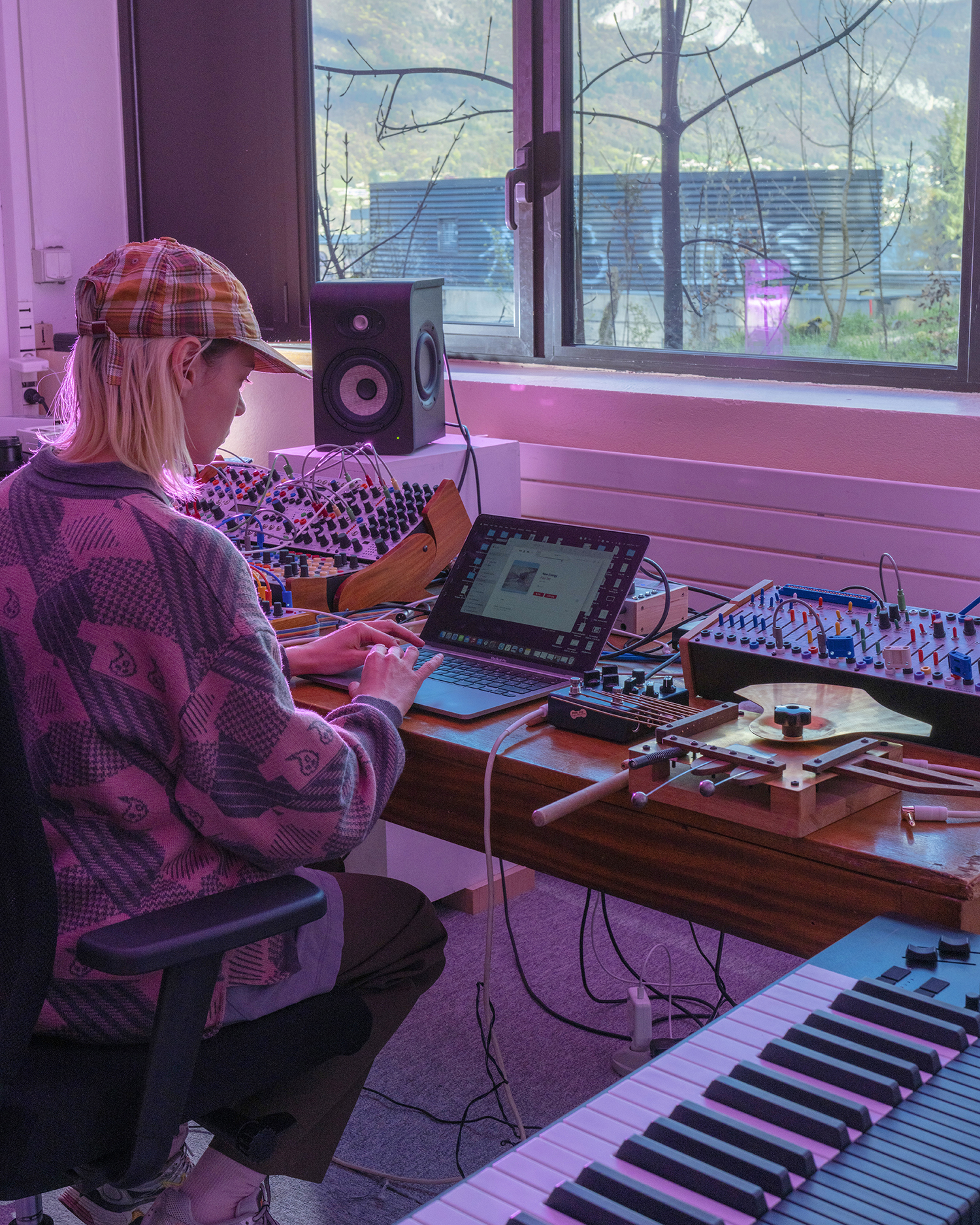
Did your urge to make music using electronic instruments predate your interest in Buchla?
“My desire to make music first emerged at the age of 10 when I took guitar lessons and dreamt of starting a band, so to this day my experience as a guitarist exceeds my experience as an electronic musician. I began exploring electronic music about 9–10 years ago. At that time, I left the bands I’d been playing in, stopped playing guitar altogether and became fully immersed in studying modular synthesizers. I eventually decided that I wanted to pursue music as a solo musician, with the Buchla modular synth being my primary instrument.”
What excited you about the transition from guitar to using modular synths?
“It wasn’t a gradual transition, and I can’t even say I was particularly attracted to electronic equipment in general, but the first time I heard a Buchla synthesizer online, something clicked. I wanted to hear it live, try playing it and saw its immense potential. The Buchla was a rare and expensive instrument, especially in Russia at that time. It felt like a fantasy, a dream. Eventually I came across a 208r for sale at a good price and bought it, despite not knowing how to play it. That was the beginning of everything.”
At some point you complemented your setup with a Buchla 200e. How would you describe this module-based synthesizer?
“When I first started playing the Buchla Easel, I thought that was as far as it would go because the 200e system is not only expensive but complex. But as I delved deeper into this world, purchasing one no longer seemed so unrealistic. The turning point came when I met Alex Pleninger, the founder of Keen Association. He invited me to join his company, assemble modules in small batches and become an endorser. It’s an amazing and intricate world that demands a lot of time and focus, but it’s worth it.”
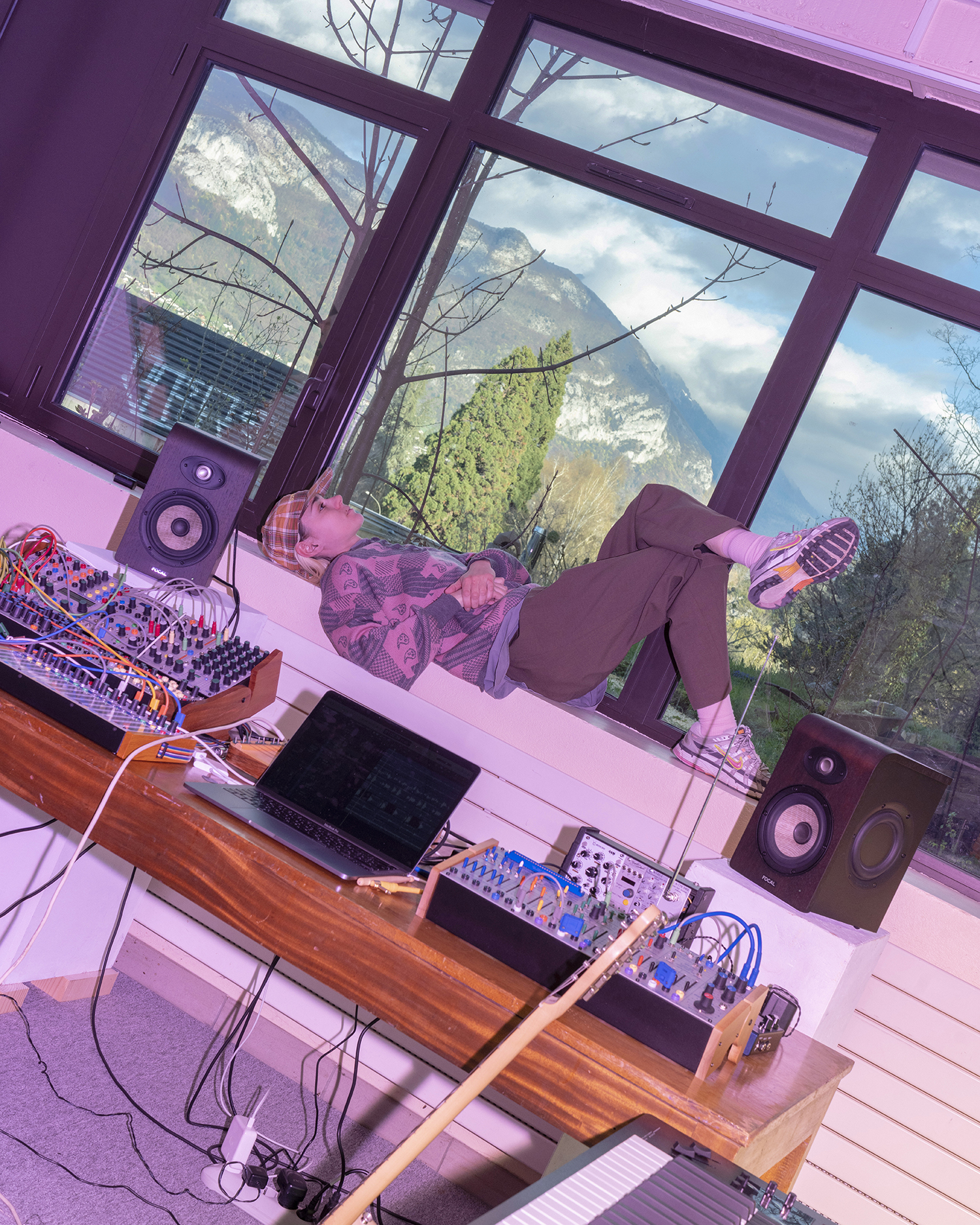
How did you come across Alex and Keen Association?
“I met Alex when I had a technical problem with one of my 208r modules and someone recommended him as the best person to solve it. He was launching his Keen Association company and preparing the first batch of modules, such as the Keen Association Polyphonic Touch'n'Run Voltage Array Model 220. We quickly hit it off and, as it turned out, only lived five minutes from each other. Alex invited me to join his company and help assemble the first batch. Since then, we’ve been doing this for almost 10 years, although I now fly from Paris to Tenerife for each module assembly.”
Can you explain the concept of olfactory art and how it relates to the music you make?
“I began exploring olfactory elements with my second album, Conservatory of Flowers, collaborating with an olfactory artist to create handcrafted DIY incense papers. Incense scents can evoke memories, alter perceptions and add layers of meaning to the music - they create a sensory landscape where sound and scent intertwine, allowing listeners to fully immerse themselves.

“For my new album, Sayan – Savoie, I began further enhancing this multisensory experience after a year-long residency in the Alps where I began to find parallels between the French Alps and my childhood in Siberia. This combination inspired the album’s theme and title and through collaboration with an olfactory artist we were able to create a unique scent infused into incense paper to enrich the sensory experience of Sayan - Savoie. In addition to the main release, we’re actually planning to release a separate limited edition with incense paper closer to the summer.”
What other experiential sentiments are you trying to convey through the music?
“After my exile, the French Alps became a safe space where I felt grounded, confident in my direction and truthful to my emotions. Sayan - Savoie features fewer abstract forms and textures than my previous releases, instead offering more structure, deliberate melodies and clear messages. To me, it represents the balance between external chaos and internal calm. During my residency in the Alps as part of the Collège de France "Pause" programme, I noticed striking similarities between the French Alps and the Sayan Mountains of Siberia. These resemblances shaped the album’s central theme and title.”
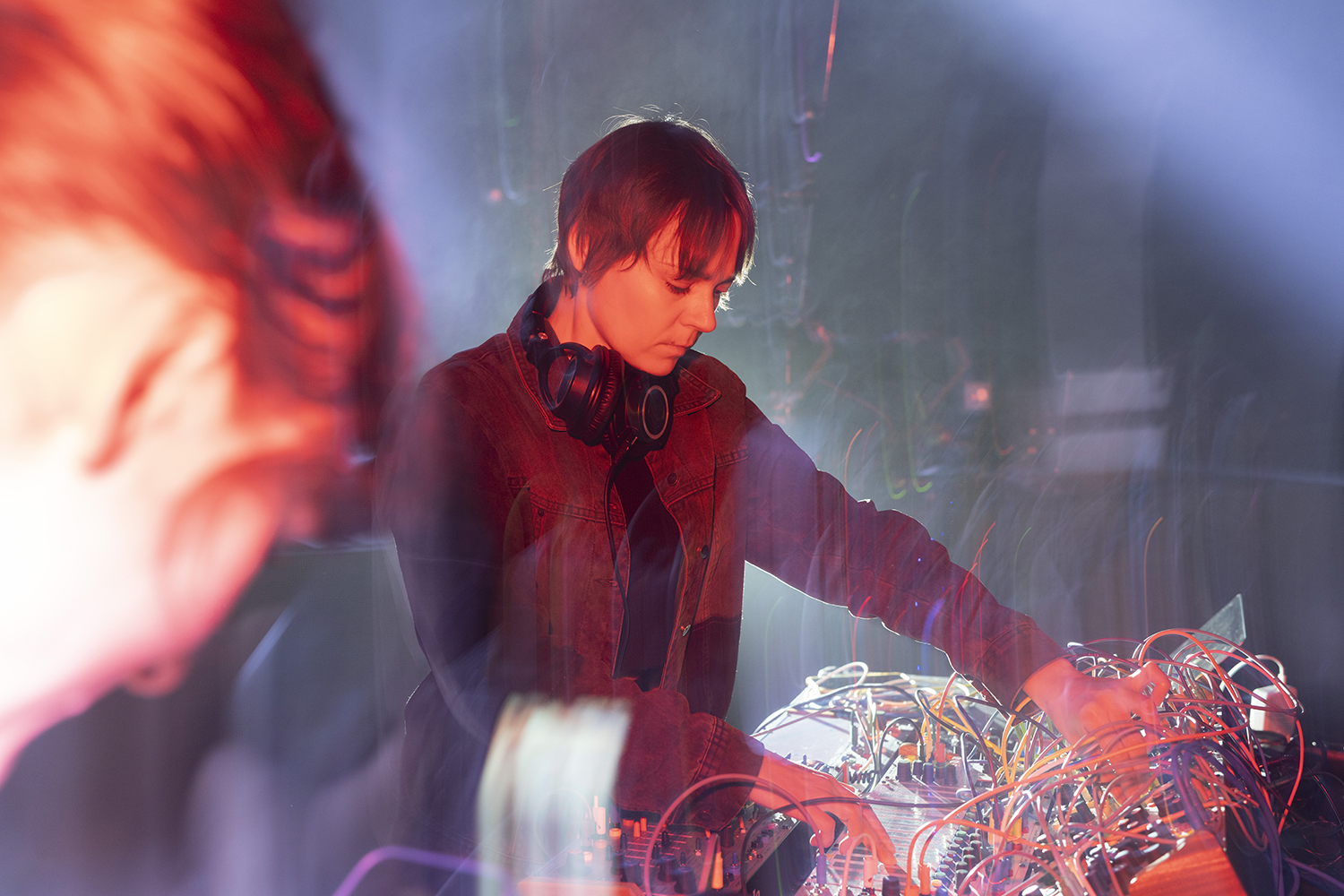
Relocating from Russia to Paris in 2022 must have been emotionally challenging. How has it changed your outlook on life and creative expression?
“It’s been an incredibly difficult experience and still is. Writing the album during that time was challenging, but I wanted to capture the complexity of emotions and reflect them in the music. As for relocation, I’d put it this way: I don’t feel like I fully belong anywhere—no longer in Russia, but not entirely at home in France. This state forces me to be strong and confident in my actions and goals. My mother, after hearing the album, remarked that my music has become more assured. I hope I have, too.”
Generally, your music is absent of lyrics, but you seemed to make an exception for the vocoder-led track Organizational Moments…
“There are moments when words can achieve more than music, particularly when it comes to humour, but Organizational Moments is precisely one of those instances where humour and tragedy intersect. It’s what I’d call a tragicomedy. In fact, the song is a true story - a reworking of a breakup message sent by a former partner after many years together.
“I was struck by the coldness of it and how someone who was once so close could transform into a soulless robot capable of sending an SMS about 'organizational moments.' I found it amusing to pair organ music - often associated with divinity and grandeur - with such a petty act, where a person permanently shifts from being 'human' to being a 'robot.' The vocoder effect was made on a VST - I can’t recall its name, but I was able to input text and play chords with it.”
Sayan - Savoie combines acoustic instruments with electronic, which seems to create a warmer and fuller sound. Are you playing them yourself or bringing someone in to perform for you?
“I usually write the music myself and, when necessary, invite musicians to re-record parts in the studio or perform live. That was the case when I lived in Moscow, but for the new album I tried to do everything independently without relying on other musicians. As a result, I decided to stick to what I know best, which allowed me to experiment more with the guitar. If the music sounds a little warmer and fuller, it’s because my life has become richer and fuller.”
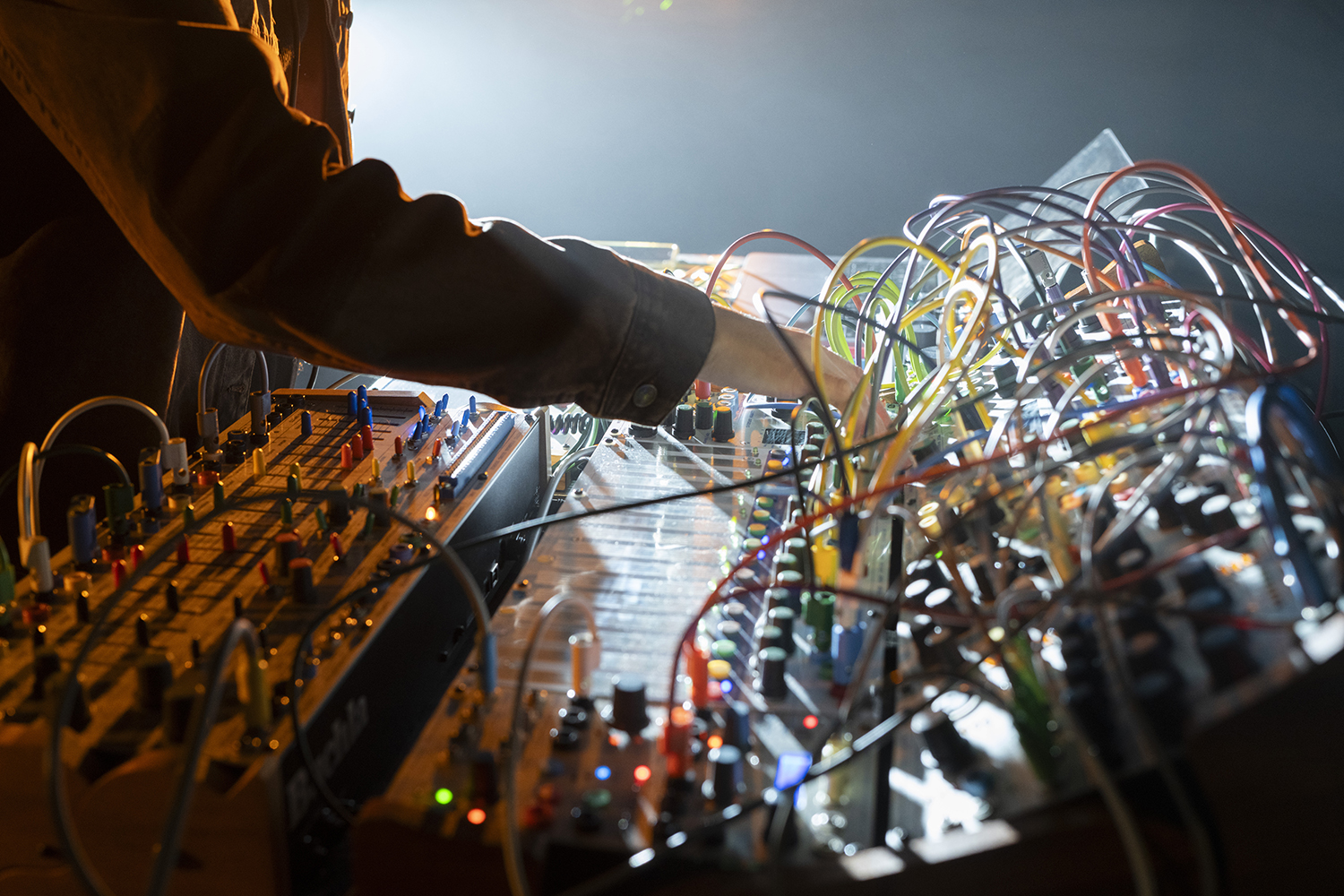
Is your creative process mostly based on improvisation?
“Most songs begin with improvisation. I create a patch and if I find it interesting record it. From there, I continue developing it until it ends up being halfway to a finished song. If I want to add a melody, I turn to my guitar, woodwind and brass instruments or strings. And if I want to make the texture more complex, I return to modular synthesizers.
“I used to process guitar using pedals, but now I process it using Buchla effects and particularly enjoyed running the guitar through the Buchla Easel. Having said that, although processing a guitar with the Buchla is fun, guitar pedals nowadays are quite inventive and I think they’re more than enough. Using the Buchla Easel as a guitar pedal seems like overkill [laughs].”
Do you mix in the box or process sounds through a hardware mixer straight into the DAW?
“When I’m improvising on the Buchla I usually work with at least 6–8 tracks, which are mixed live during improvisation. I don’t touch them afterwards - I just record the result directly into the DAW and make minor edits if I want to give the improvisation a slightly more structured form. I use Logic Pro as my main recording and editing station and Logic’s built-in instruments and effects when needed, however, I do make exceptions - I really like the ShaperBox plugins from Cableguys.”
Was any other gear integral to your creative production process?
“An unexpected addition was the electric organ. During my residency at the École Supérieure D'Art Annecy Alpes there were two old electric organs that I asked to be brought to my studio just out of curiosity and I ended up using them on three tracks. Otherwise, my setup was quite limited. I created the entire album using the equipment I brought with me: the Buchla 200 and 200e modules, Keen Association modules, and my electric guitar. The Buchla is an incredibly versatile and rich instrument, so it all comes down to your creativity.”
How important is it for you to be able to transport Buchla systems to different environments for installations or live work?
“I actually try to avoid this and only do it when absolutely necessary. The equipment is fragile and sometimes requires repairs, which has become more challenging for me now that I’m living in a new country. For significant or important events I’ll bring my setup and it’s a special kind of joy for me to perform with it.
“For me, the Buchla is an intuitive instrument and I’m not afraid to improvise during my live performances, but that confidence comes from spending a lot of time with it. Buchla requires constant engagement - it’s a very demanding instrument!”
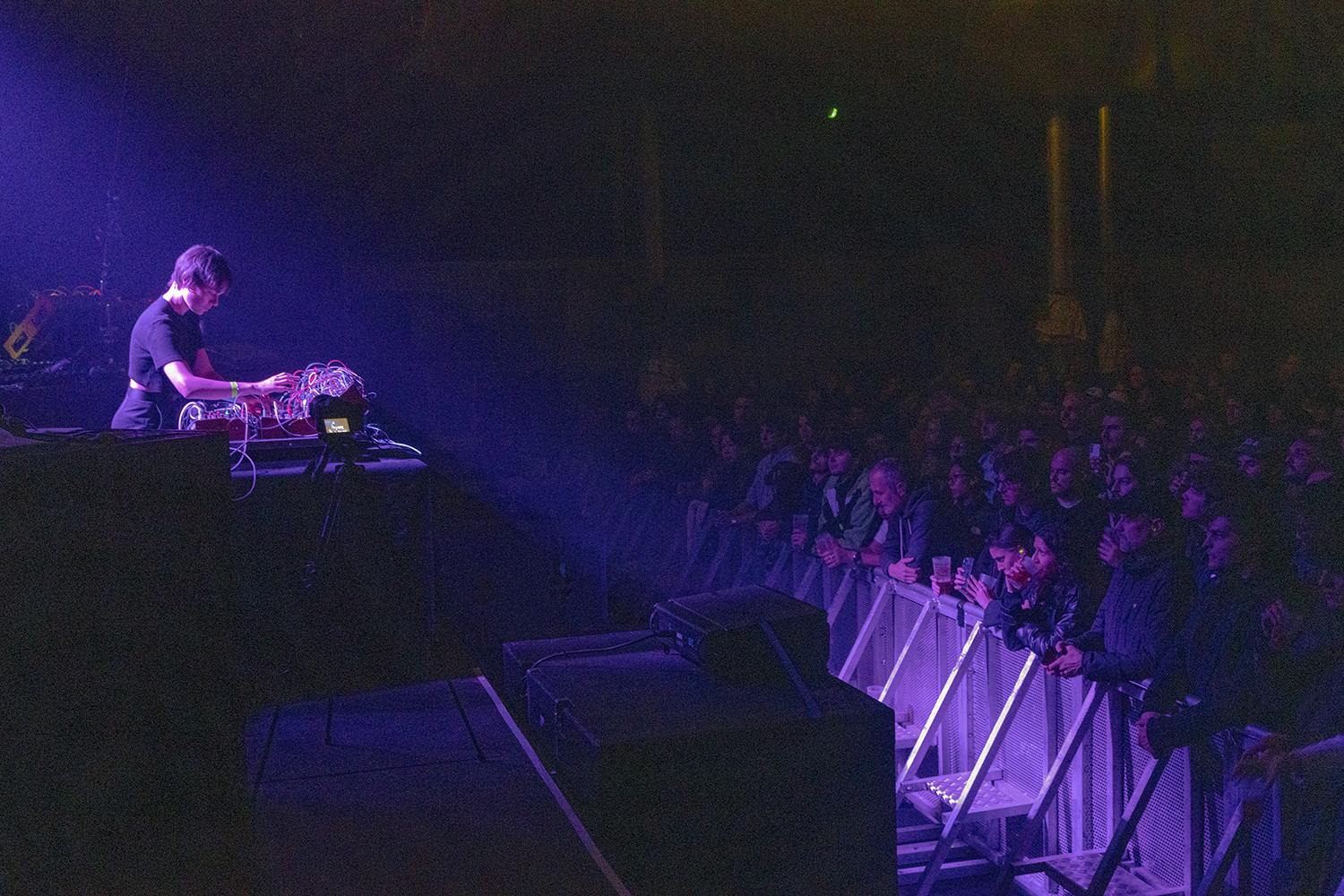
In what way?
“Like any other musical instrument, you require practice and immersion in the Buchla’s logic and need to keep track of many small details regarding the functionality of its modules. Regular practice makes working with it more intuitive, but that applies to any serious instrument.
“I always need to get into the right mindset to work with Buchla because it’s somewhat meditative and sensitive to change. For me, the beauty lies precisely in these slow movements, complex modulations and timbral transitions. You can’t always get quick results; sometimes you have to be patient.”
What are the challenges, and benefits, to using Buchla synths to improvise on stage?
“I’m always afraid that something will stop working during a performance and get very nervous during soundchecks, but my favourite moments come when I can push the instrument on big equipment and hear it in all its beauty and power. I get a huge kick out of that and think that enjoying the process and sound is the most important part of improvisation because it allows me to adapt to the venue and audience, which always enhances the performance.
“Once, I performed in an abandoned church in a small Russian village and it was clear that due to the church’s reverb, nothing but the most minimalist ambience would work there. In the end, it turned into a really good improvisation, although somewhat mysterious and mystical.”
Do you think Buchla synths will always be a part of your creative expression, or do you feel a yearning to experiment with other modular manufacturers?
“For me, Buchla is an absolutely unique instrument and I wouldn’t want to stop playing it, although I’m not closing the door on the idea of exploring other systems in the future to enrich my musical expression.”
Maria Teriaeva’s latest album, Sayan – Savoie, is released 7 Feb. For more information, click here.
